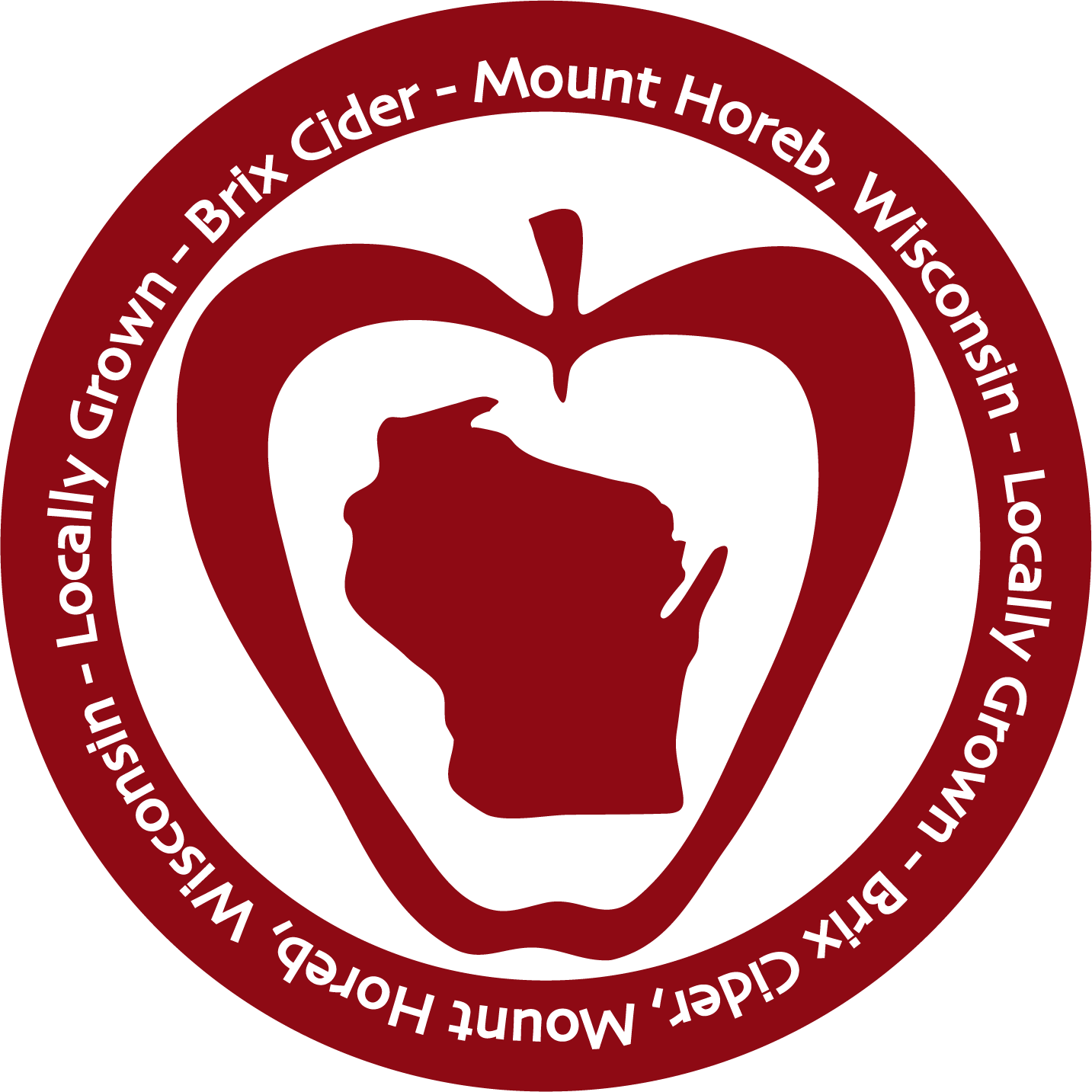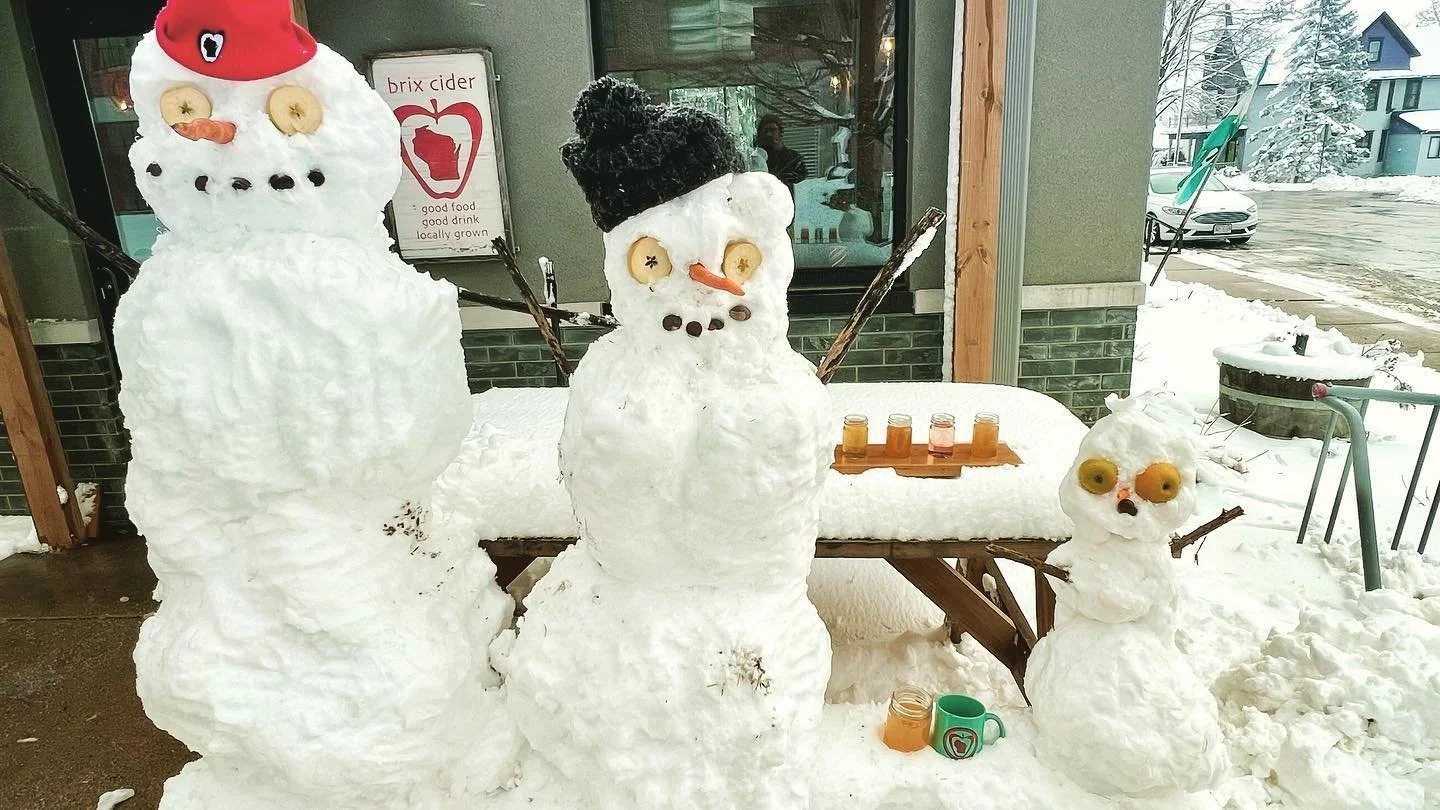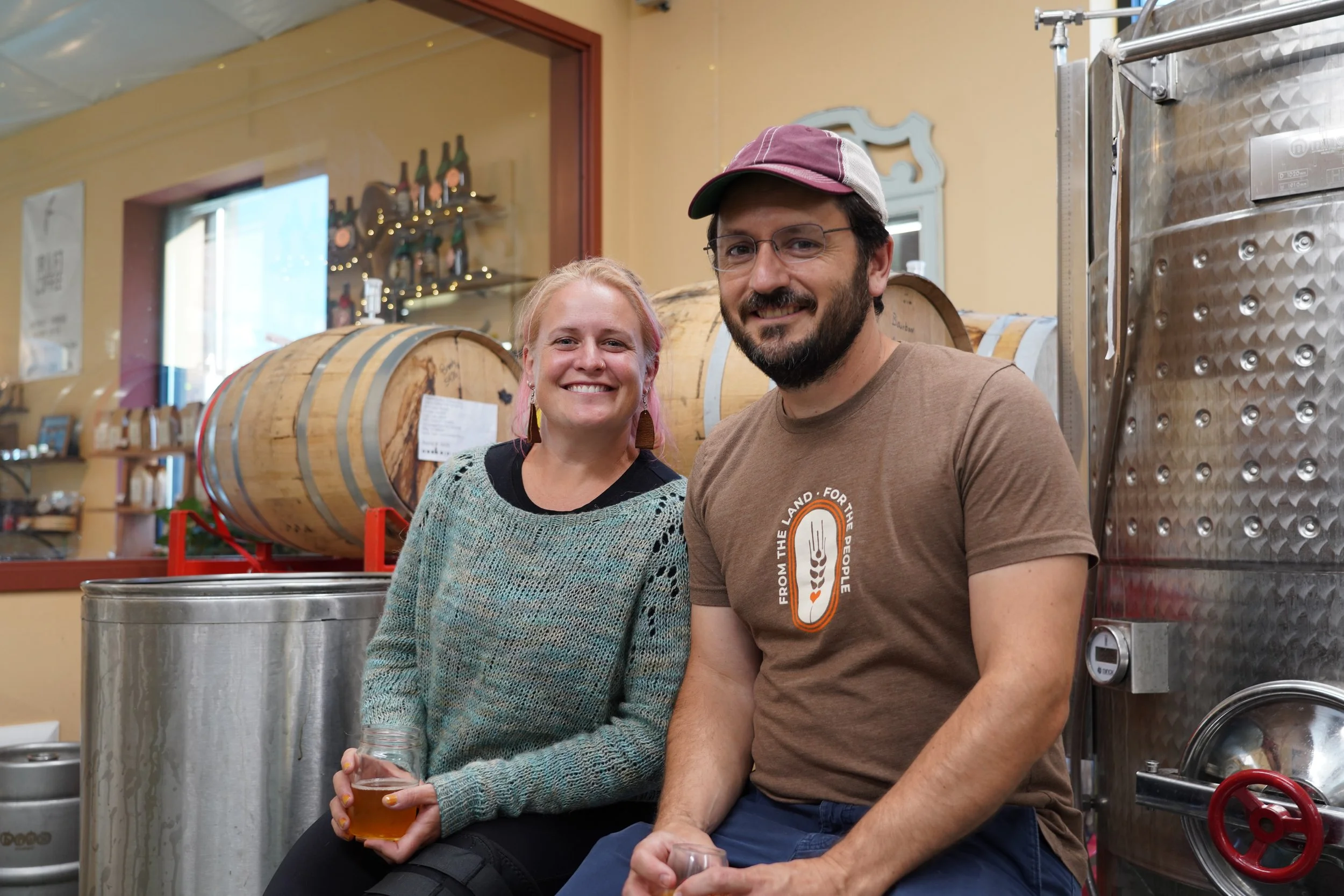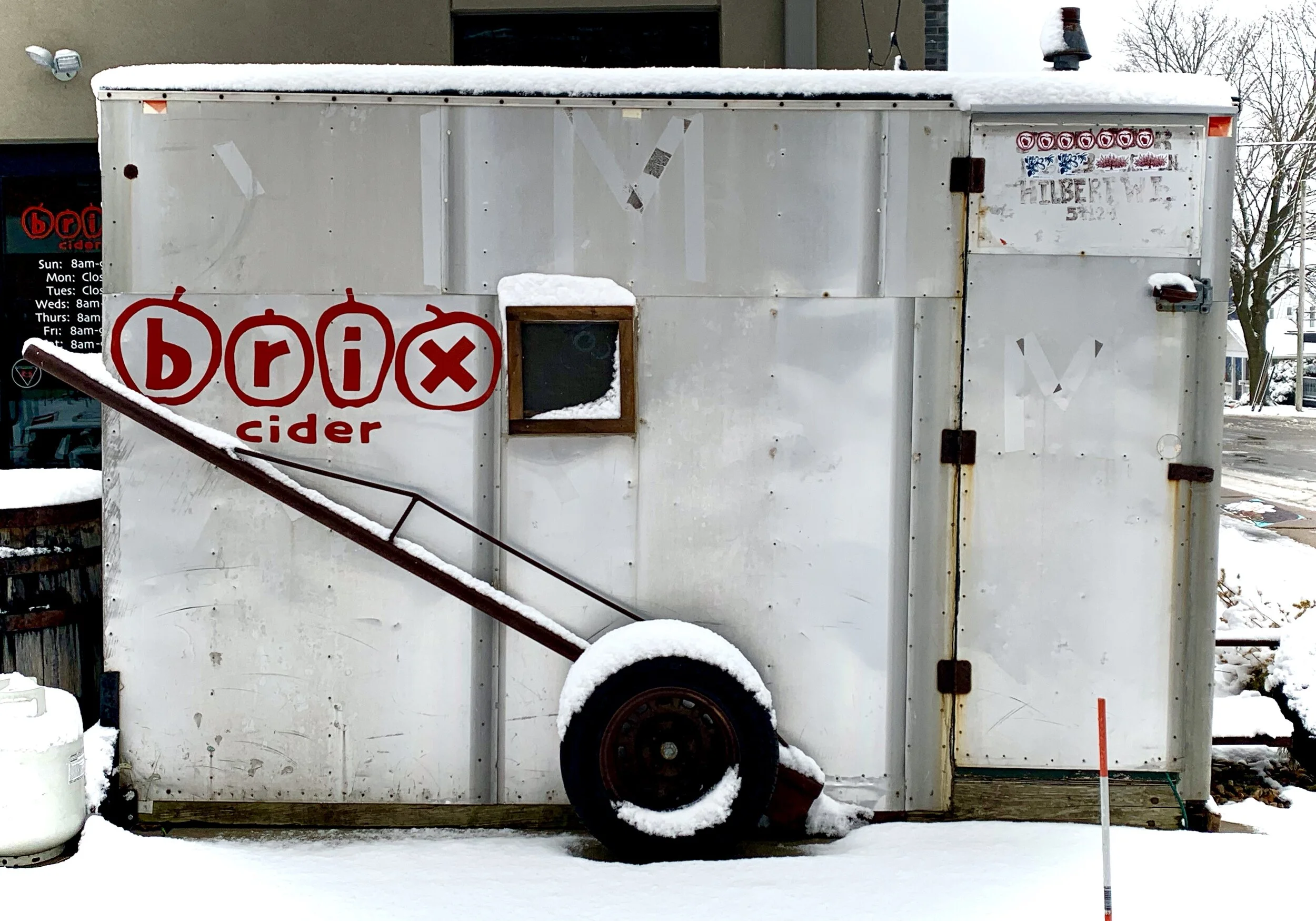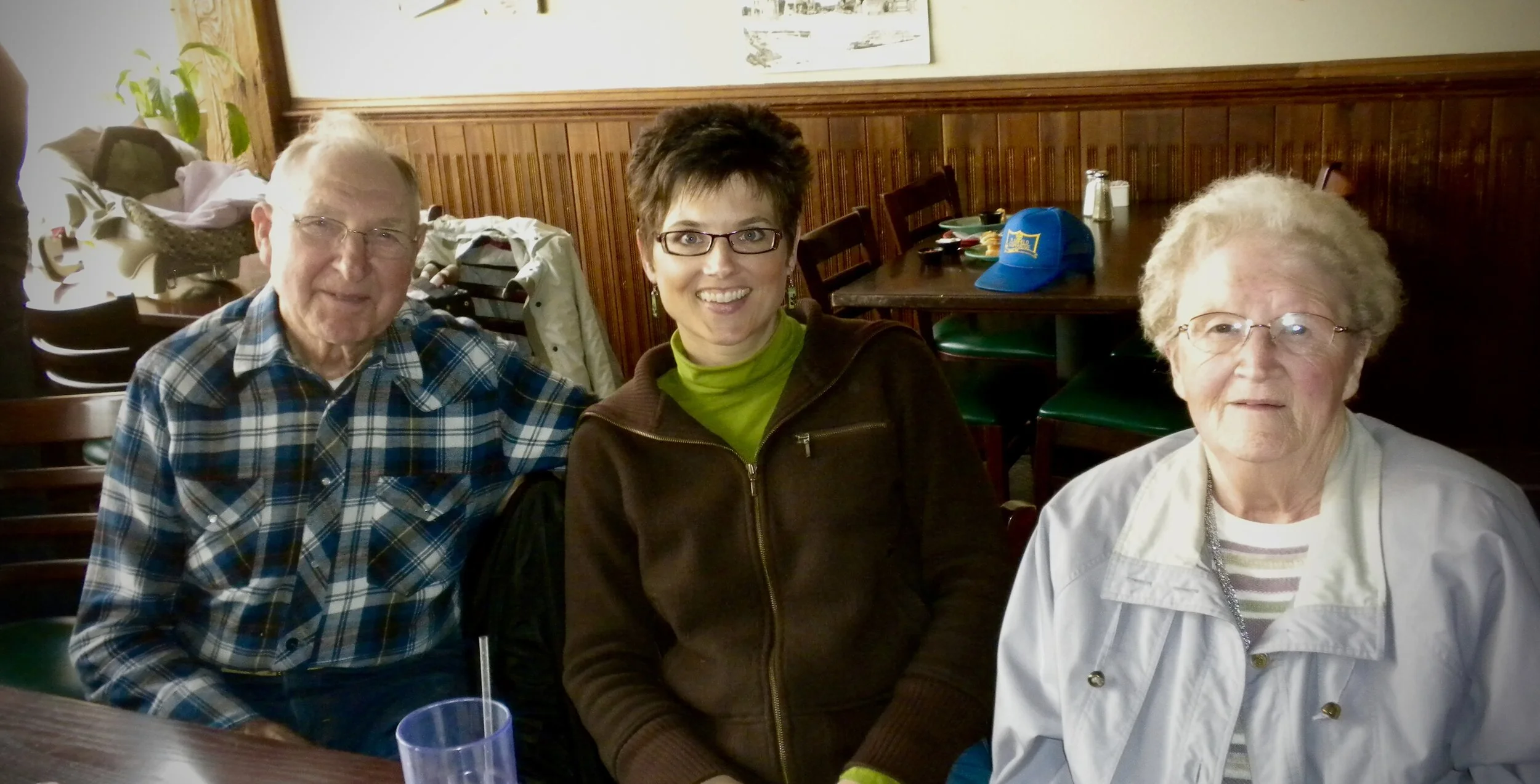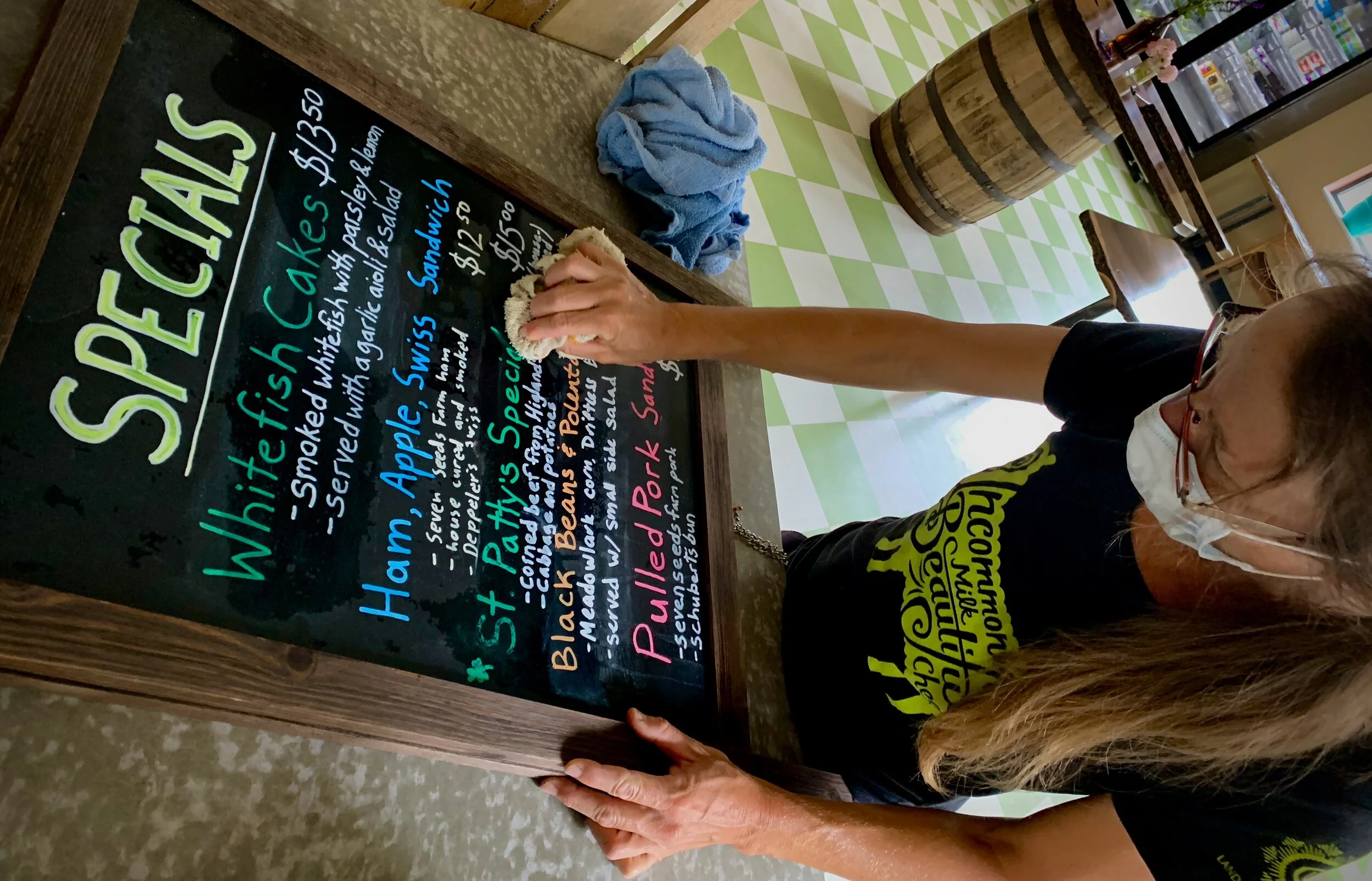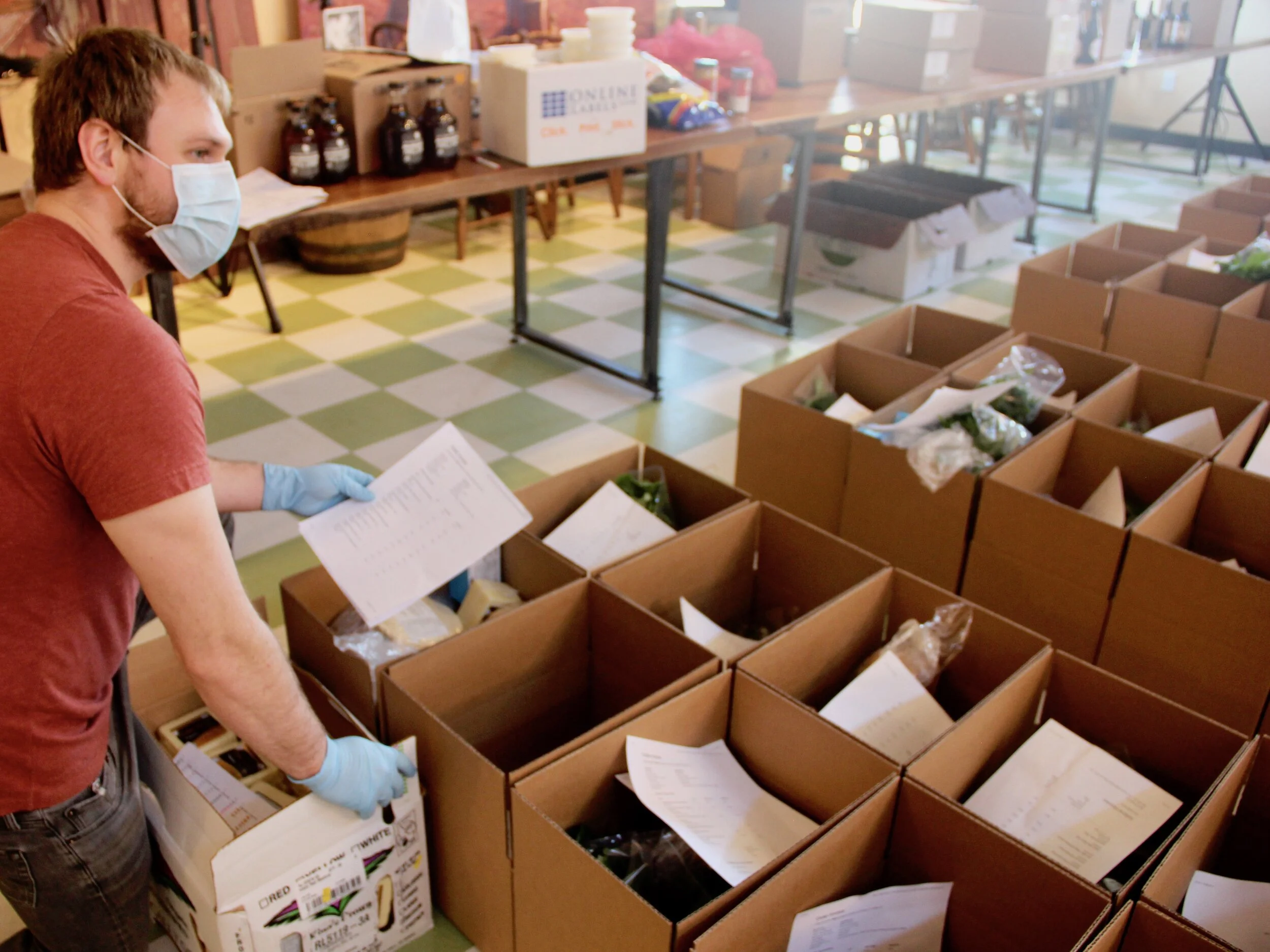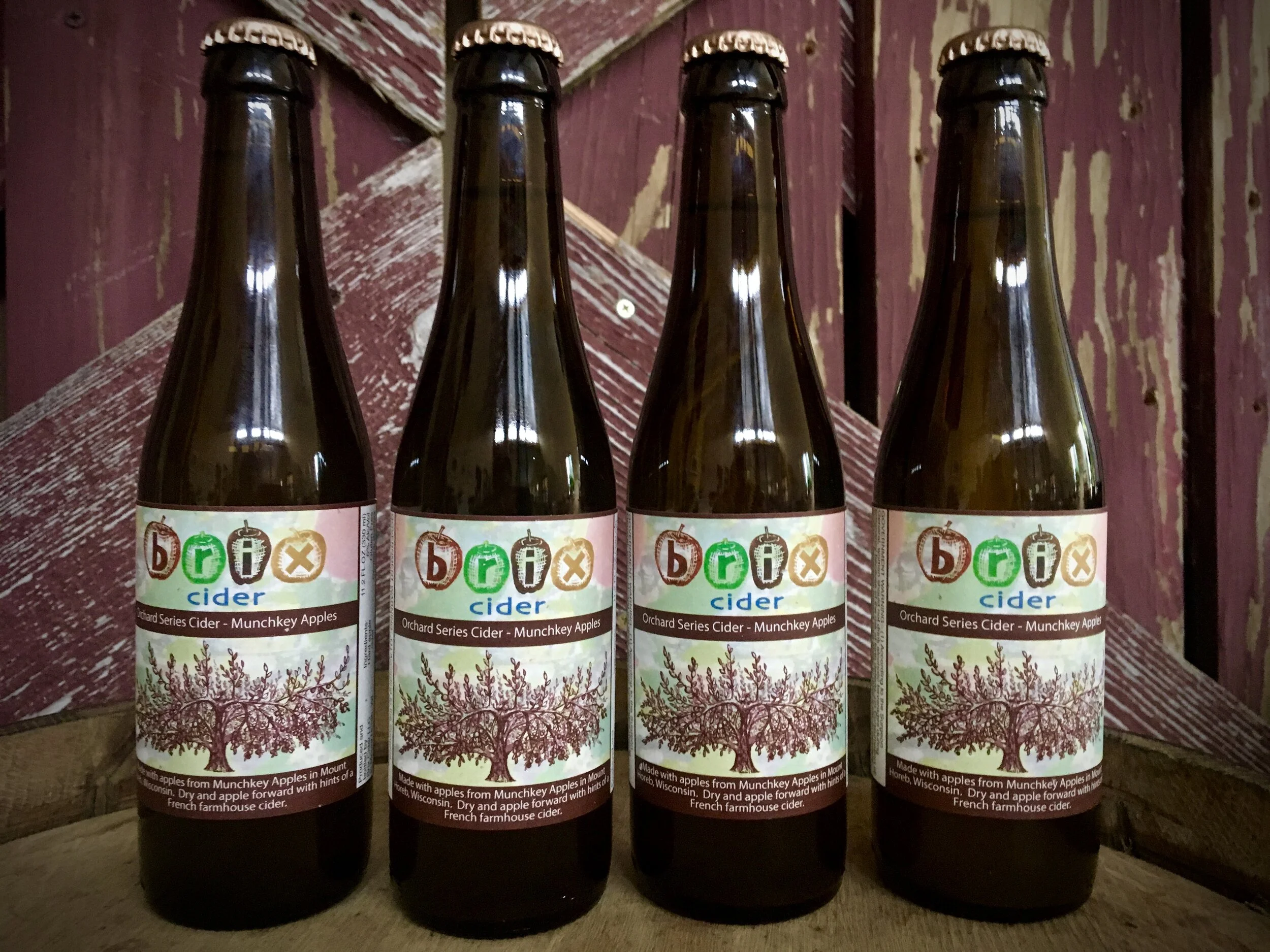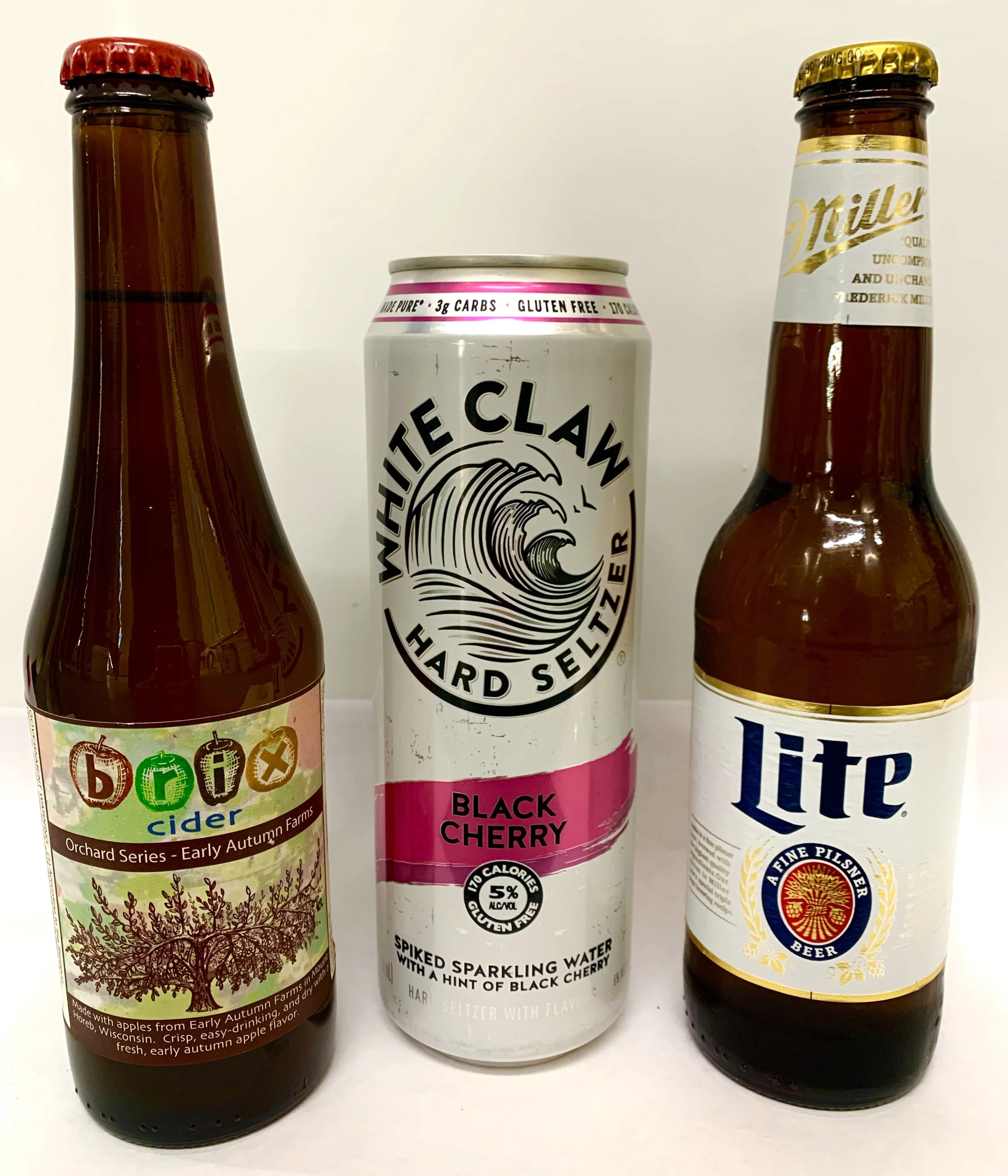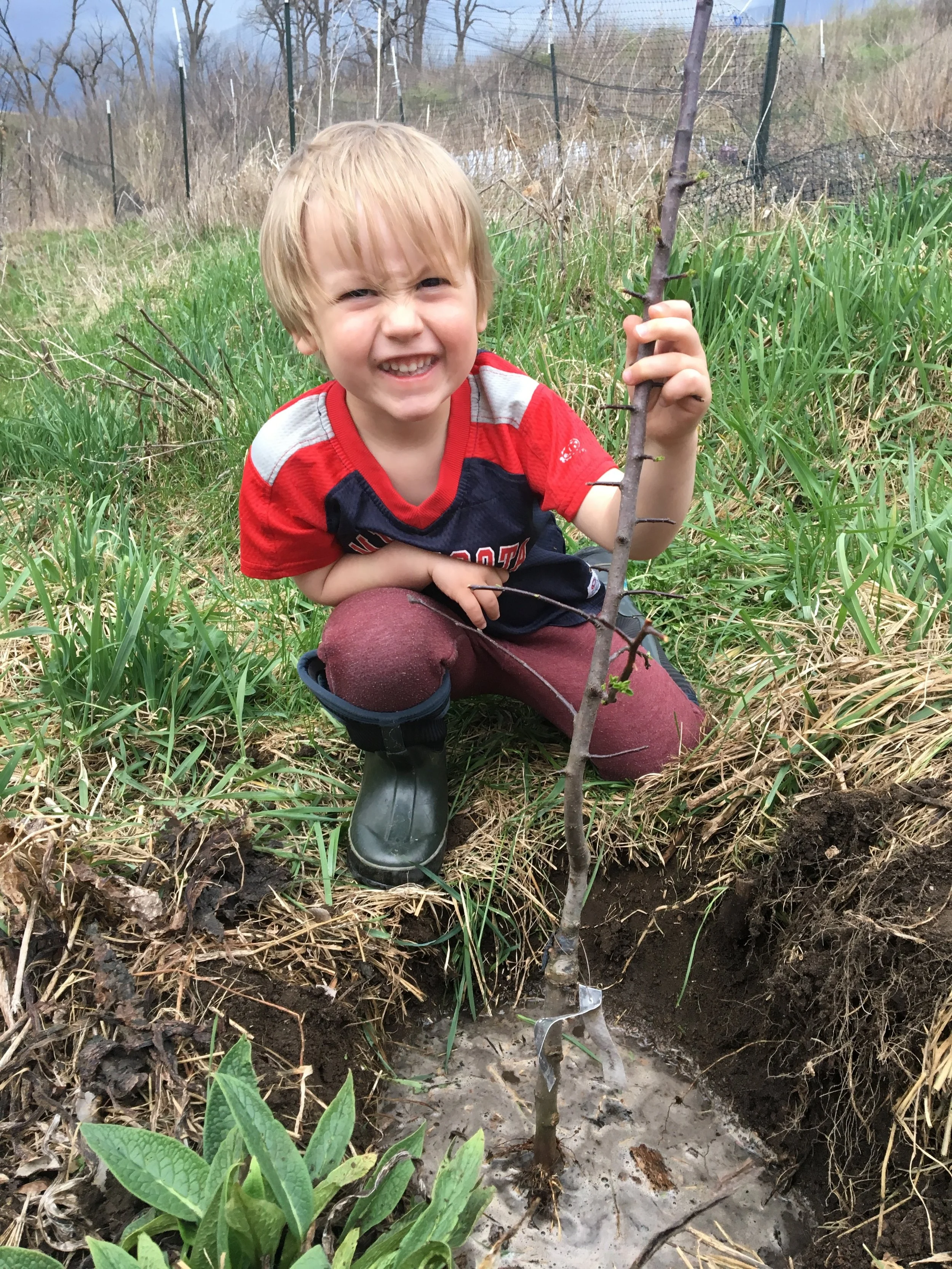Carrying on Aldo Leopold’s Legacy through Food and Drink
Bergere Stevenson is not your ordinary farmer. He’s also not your ordinary chef or craft beverage maker. For one, he towers over most people such that the first thing you see when you look at him is his imposing beard. His glasses slightly distort the view of his eyes, and he says that without them, he can’t see well at all.
Bergere happens to be a great grandson of the legendary conservationist Aldo Leopold. It doesn’t take many conversations with Bergere to realize that he has an uncommon mind that perhaps stems from his family’s roots. He seems to be a living encyclopedia.
“The world is full of information, and I just pick it up like a vacuum. I can’t not do that,” he says. His interests range from avant-garde music and the possible existence of bigfoot to geology and lapidary arts. What interests him most however is food and its connection to the land and community.
Above: Bergere with a successful harvest of foraged mushrooms
“I’ve wanted to be a chef since I was a teenager,” he says. “I grew up with a garden, and we grew most of our own food. From that I had a good basis for what good food can be and should be. Good food is different for everybody, but for me it’s part of mental and physical health… And not only can it feed you, but it can feed the land, and feed your friends, and build relationships that sometimes are unexpected.”
“Also,” he jokes, “good food usually has chili peppers in it.” Bergere’s farm (named “Blind Giant Farm” for his stature and poor vision) features 15 varieties of chili peppers that he mostly grows for specialty food producers and restaurants in the Madison area. He also has a sugarbush, some small livestock, and an extensive garden that he and his parents who live next door take care of for personal consumption as well as for sharing with family and friends.
Bergere attributes much of his formative learning about food to his grandma Nina, daughter of Aldo Leopold. “She taught me all the important stuff about gardening that I know… She taught me how to sharpen an axe and cut down a tree, how to drink like an adult, how to cook, the best ways to prepare game birds, how to pluck them… I could go on for hours about her,” he says.
“She was a botanist and a soil scientist, and she spoke about sense of place,” he adds. “Living and working with food and other natural products in the Driftless area is very important to me… There’s 300 million years of geology available at the surface to see, and you dig into any hill, and who knows what you’re going to find. Because we live in this little island where the glaciers missed, there’s a lot of biological diversity here, and that, I think, is one of the main reasons why this part of the world has such wonderful food.”
At his job at Brix Cider, Bergere is able to share his vision for good food and drink with a broader community. He leads recipe development and food prep in the kitchen, and he consults on recipes and provides uncommon ingredients for specialty hard ciders. Bergere foraged ingredients such as wild black cherry, elderflower, elderberry, and wild bergamot that were used in cider making, and he has come up with some specials in the restaurant that were intended, at least in part, to enlighten customers and better connect them with the natural world around them. A great example was a crayfish boil where Brix Cider served rusty crayfish, an invasive species that damages Wisconsin waterways.
Above: Bergere scooping invasive crayfish from a boiling pot
Few restaurants challenge people to think about food and drink in new ways, but perhaps more of them should. Brix Cider believes in the importance of rooting itself in local ecology by carefully selecting farmers to source from who are good stewards of the land. Bergere’s home spun recipes then help connect customers to this local ecology, which we believe makes Brix Cider a refreshingly grounded place to eat and drink. “Working with lots of farmers in the area, many of whom I know has been fun,” Bergere says, “It’s a unique, new, and exciting business.”
This coming Sunday, December 15th, Brix Cider is going to release a cider that features another unique ingredient collected by Bergere – foraged bur oak wood, which lends a distinctive toasted vanilla nose and a subtly astringent finish to the cider. In honor of Aldo Leopold’s legacy and Bergere’s connection to it, the cider will be called “Good Oak Cider.”
Above: Bergere toasting wood for aging in cider
Anyone who has read Aldo Leopold’s most famous work, A Sand County Almanac, is likely familiar with the “Good Oak” essay. It tells the story of an oak tree, damaged by lightening, and the efforts of sawyers to cut through its many rings to make firewood. Along with each cut of the blade and the rings of wood that it passes through, the essay recounts a history of conservation efforts, triumphs, and failures that took place over the life span of the tree.
Now, seventy years after the book was published, we have made some great strides in the field of conservation, but we have also taken dramatic steps in the wrong direction, seeing countless species go extinct as we threaten ecosystems around the planet. Even in these dark times, Bergere is one human who strives to carry on the torch of conservation that was passed down to him through the generations.
